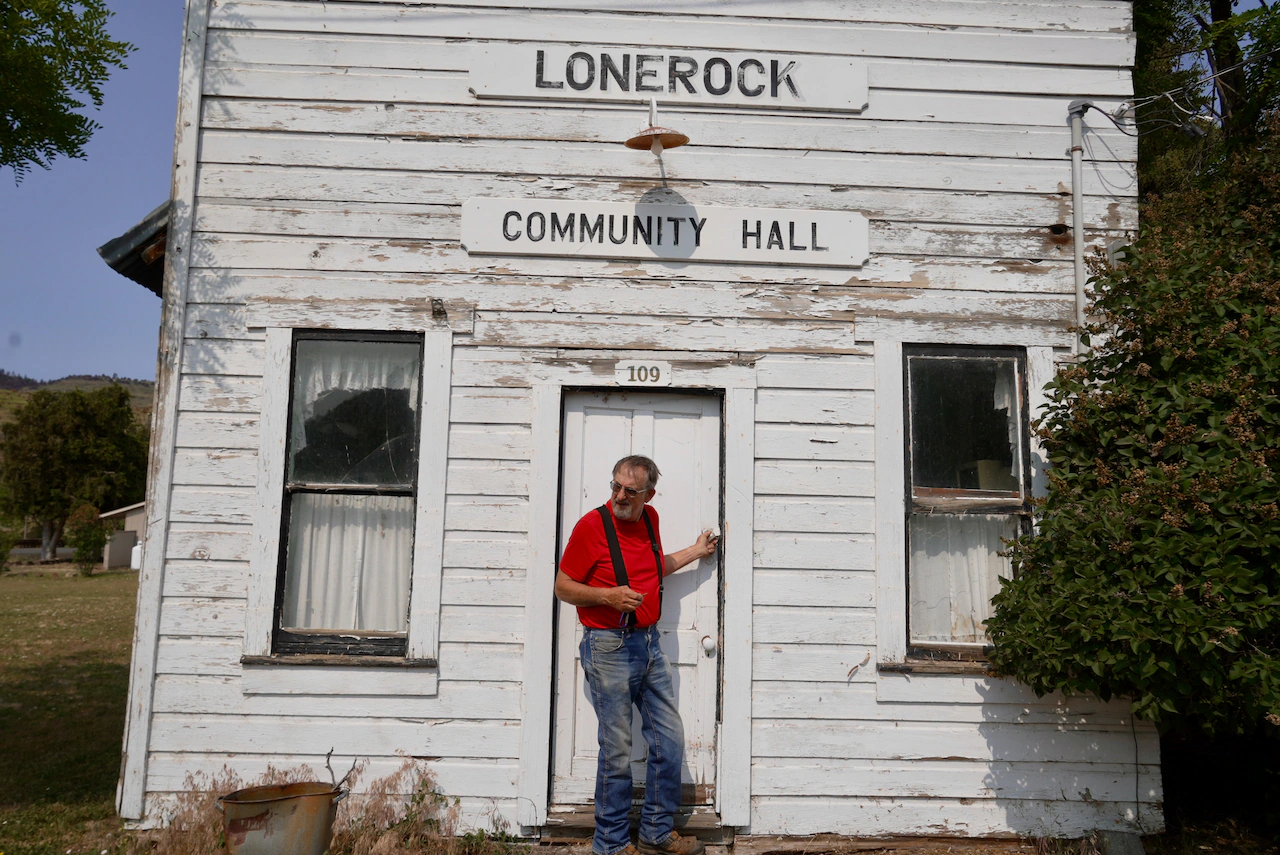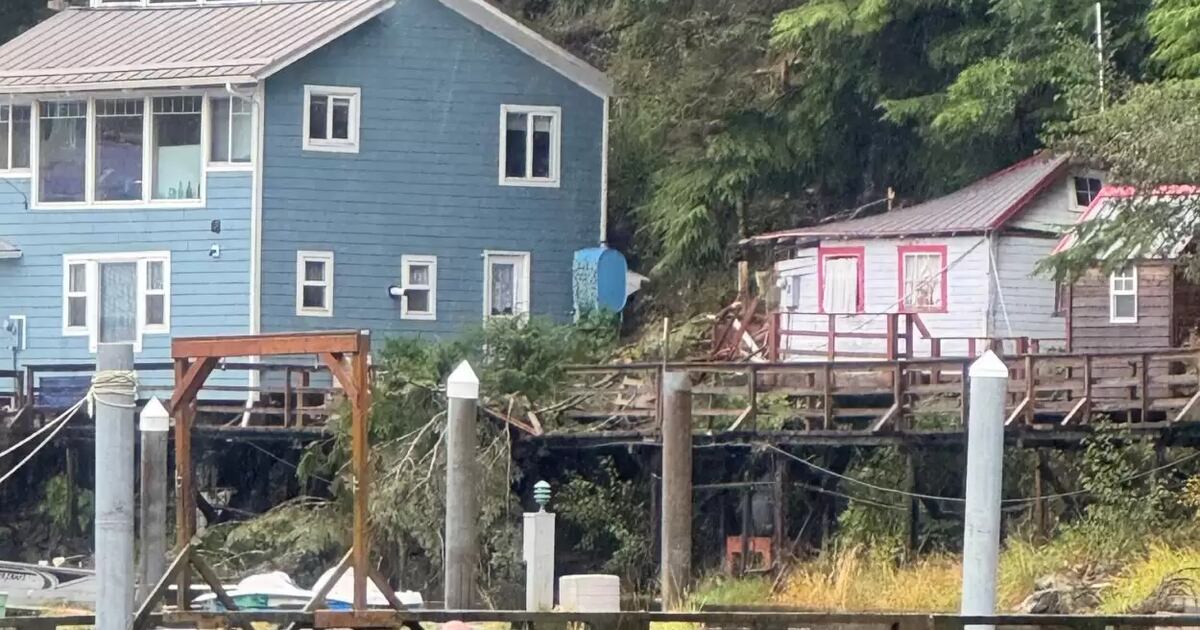
Reporting for The Oregonian/OregonLive.com, I visited Oregon’s five smallest incorporated cities this summer, all in remote, rural areas in the central and eastern part of the state.
Oregon has 241 cities, including 76 cities with fewer than 1,000 residents. But the smallest of the small are home to only a dozen or so people.
Here’s the short version of what I learned in Oregon’s five smallest cities. Click on the links below to read the cities’ full stories:
Antelope
The first stop was Antelope, population 37 as of the 2020 census. Found in rural Wasco County in the north central part of the state, the town’s unofficial motto is “Where you can see the Milky Way from Main Street.”
Antelope is probably best remembered as the town taken over by members of the Rajneesh movement, who renamed the town “Rajneesh” between 1984 and 1985.
Today, Antelope is working to restore its former schoolhouse as a community center. And a new owner plans to reopen the closed Antelope Cafe next summer. There are also plans to open a museum next year.
Granite
The city of Granite, population 32, is about a 60-mile drive west of Baker City in Grant County, high in the Elkhorn Mountains. The town consists of about 10 blocks and one paved road.
Granite was an old gold mining town that once had two hotels, a grocery, several saloons and a newspaper (the Granite Gem.)
Many of these old buildings still stand today, but they are private homes.
There are no open businesses in Granite. The old Granite Lodge hotel closed last year, and The Outpost store and gas station is currently for sale, if you wanted to become the town’s only proprietor.
There is a tiny museum, managed by a volunteer who plans to open it three times a year: on Labor Day, Memorial Day and Fourth of July weekend.
Shaniko
Shaniko, about 40 miles northeast of Madras in southern Wasco County, had 30 residents as of the 2020 census. It’s the only city on this list with a true business district.
It has a hotel, cafe, pool hall, post office, music store and a souvenir shop. The original jail at the back of Shaniko City Hall remains open to tourists, who can take photos inside the former cell.
Shaniko prides itself on its “wild west” aesthetic, but the term applies just as much to its local politics. In May, the mayor, two city councilors and the city recorder all resigned. And the city has faced more than a dozen lawsuits, primarily from one person (now on the City Council) over building permits and land development. The political discord in town has some residents talking about disincorporating.
Lonerock
Lonerock is a winding, 22-mile drive southeast of Condon in Gilliam County. The city had, according to the 2020 census, a population of 25, but locals will tell you that the population today is actually 16.
Lonerock sits at the bottom of the 1,000-foot-deep Lonerock Canyon, on the edge of the Blue Mountains. White ranchers first came to the area in the 1870s, and by the 1880 census, the community had 329 residents. The city was incorporated in 1901 and named Lonerock for the unusual, 35-foot boulder that stands behind Lonerock Community Church, built in 1898.
In its heyday, Lonerock had a grocery, gas station, dance hall, saloon, post office and school. Most of those buildings still stand today, including the original, one-room Lonerock Jail from 1891.
Lonerock Community Church no longer has regular services, but it’s still used on Christmas and Memorial Day — and for the occasional wedding.
Greenhorn
Oregon’s smallest incorporated city, Greenhorn, was home to just three people in the 2020 census. But the city currently has a year-round population of zero. The city’s water system serves about 15 cabins, most occupied only in the summer.
Greenhorn is an old gold mining town on the border of Grant and Baker counties in eastern Oregon, about 50 miles west of Baker City. Greenhorn is also Oregon’s highest incorporated city, situated at 6,271 feet elevation in the Greenhorn Mountains.
In 1983, the Oregon Legislature passed a bill that established a new category of incorporated city called “historic ghost town” and set up the appointment system still in use in Greenhorn today.
Every four years, Baker County commissioners appoint three Greenhorn city councilors. Those three then appoint two more, and the five of them choose a mayor.



